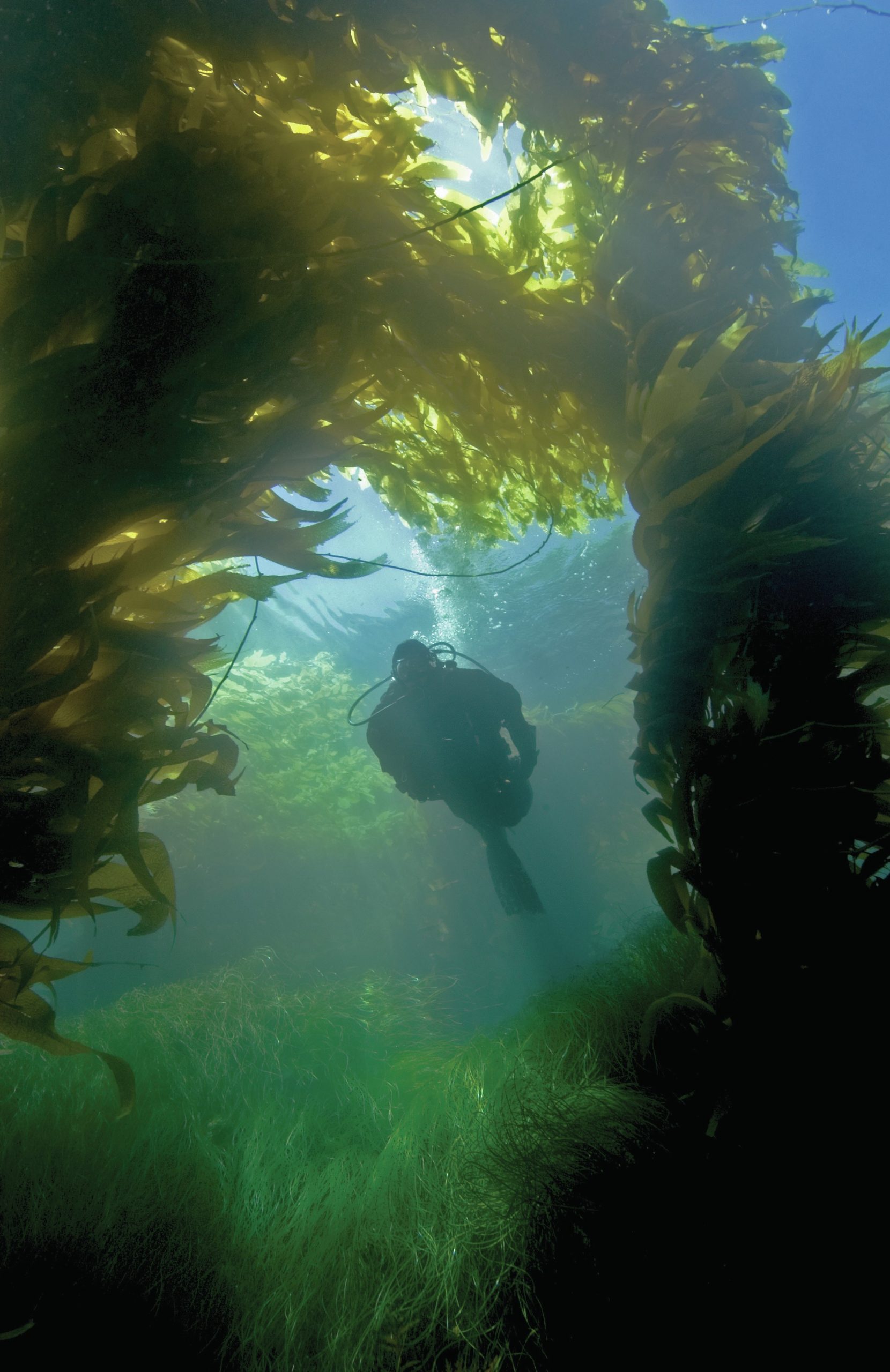
Plastids are a group of organelles found in the cells of plants and several other important organisms (see Figure 1, A and B). Chloroplasts are the only ones that are green. Some lack pigment altogether, others have one or more of a range of different pigments instead of, or in addition to, the green pigment chlorophyll. All have the remarkable ability to change from one type to another depending on the tissue, stage of development and the environmental conditions (see pp. 20–21).
Although plastids vary in size, structure and function, they have features in common. They all produce and store biochemical substances. They all have an envelope that encloses a matrix. The matrix includes a membrane system, storage material and pigmented droplets, depending on the plastid type. All plastids have multiple copies of a circular piece of DNA. These are held in DNA–protein complexes called nucloids, linked to the inner membrane of the envelope. The number of DNA copies per nucloid and the number of nucloids depends on the plastid type and stage of development. Each circular piece of DNA has about 100 genes, but the instructions for making most of the proteins needed for plastids to grow and function are located in the DNA of the cell nucleus. This might seem strange but, as we shall see later, there is a good explanation.
Your organisation does not have access to this article.
Sign up today to give your students the edge they need to achieve their best grades with subject expertise
Subscribe




